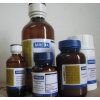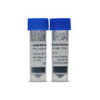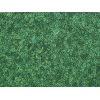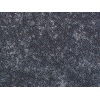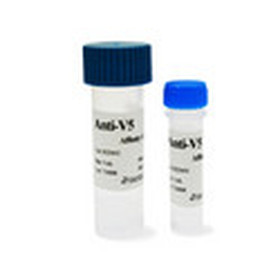
产品详情
瘤变抑制因子14(ST14)重组蛋白
来源原核表达
宿主E.coli
内毒素水平<1.0EU/μg(LAL法测定)
亚细胞定位细胞膜
预测分子量33.9kDa
实际分子量33kDa(差异分析请参阅说明书)
片段与标签Arg607~Asn852 with N-terminal His Tag
缓冲液成份20mM Tris, 150mM NaCl缓冲液(pH8.0, 含有1mM EDTA, 1mM DTT, 0.01% SKL, 5% Trehalose和Proclin300)
性状冻干粉
纯度> 97%
等电点9.3
瘤变抑制因子14(ST14)重组蛋白应用SDS-PAGE; WB; ELISA; IP; CoIP; ReporterAssays; Purification; Amine Reactive Labeling
Recombinant Suppression Of Tumorigenicity 14 (ST14)
Organism Species: Homo sapiens (Human)
Instruction manual
FOR IN VITRO USE AND RESEARCH USE ONLY
NOT FOR USE IN CLINICAL DIAGNOSTIC PROCEDURES
11th Edition (Revised in May, 2016)
[ PROPERTIES ]
Source: Prokaryotic expression. Host: E. coli
Residues: Arg607~Asn852
Tags: N-terminal His-Tag
Subcellular Location: Membrane; Single-pass type II membrane protein. Purity: >98%
Traits: Freeze-dried powder
Buffer formulation: 20mM Tris, 150mM NaCl, pH8.0, containing 1mM EDTA, 1mM DTT, 0.01% sarcosyl, 5%Trehalose and Proclin300. Original Concentration: 200ug/mL
Applications: SDS-PAGE; WB; ELISA; IP; CoIP; ReporterAssays; Purification;
Amine Reactive Labeling. (May be suitable for use in other assays to be determined by the end user.)
Predicted isoelectric point: 9.3
Predicted Molecular Mass: 33.9kDa
Accurate Molecular Mass: 33kDa as determined by SDS-PAGE reducing conditions. [ 瘤变抑制因子14(ST14)重组蛋白USAGE ]
Reconstitute in 20mM Tris, 150mM NaCl (pH8.0) to a concentration of 0.1-1.0
mg/mL. Do not vortex.
[ STORAGE AND STABILITY ]
Storage: Avoid repeated freeze/thaw cycles. Store at 2-8
oC for one month. Aliquot and store at -80
oC for 12 months. Stability Test: The thermal stability is described by the loss rate. The loss rate
was determined by accelerated thermal degradation test, that is, incubate the
protein at 37
oC for 48h, and no obvious degradation and precipitation were
observed.The loss rate is less than 5% within the expiration date under
appropriate storage condition. [ SEQUENCE ]
瘤变抑制因子14(ST14)重组蛋白[ IDENTIFICATION ]
Figure 1. SDS-PAGE

